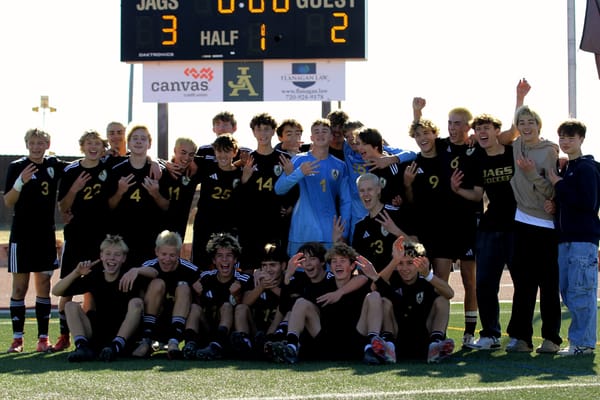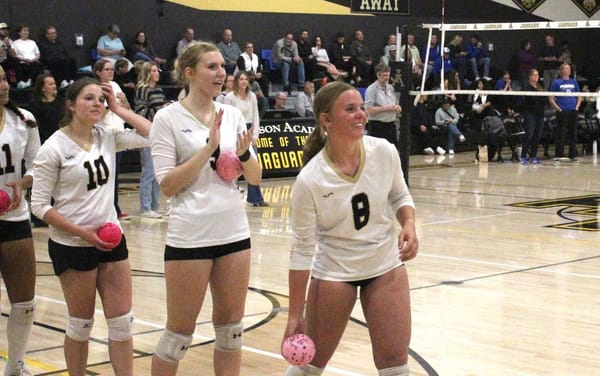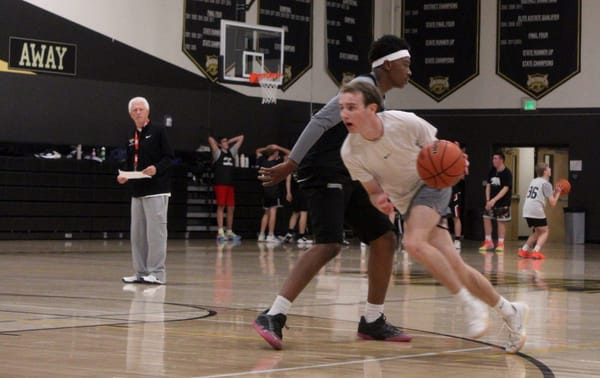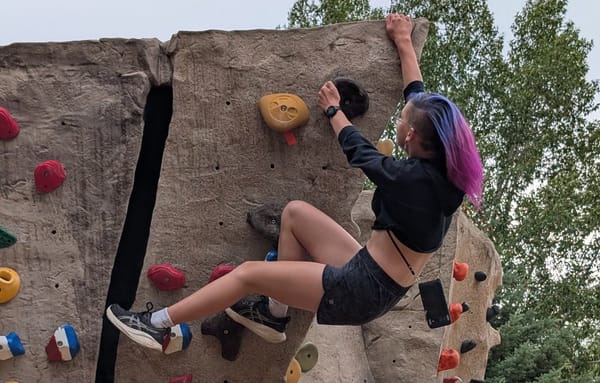Risking the Game
“I think this room’s kind of like the black hole of the school,” said Jake Diers.
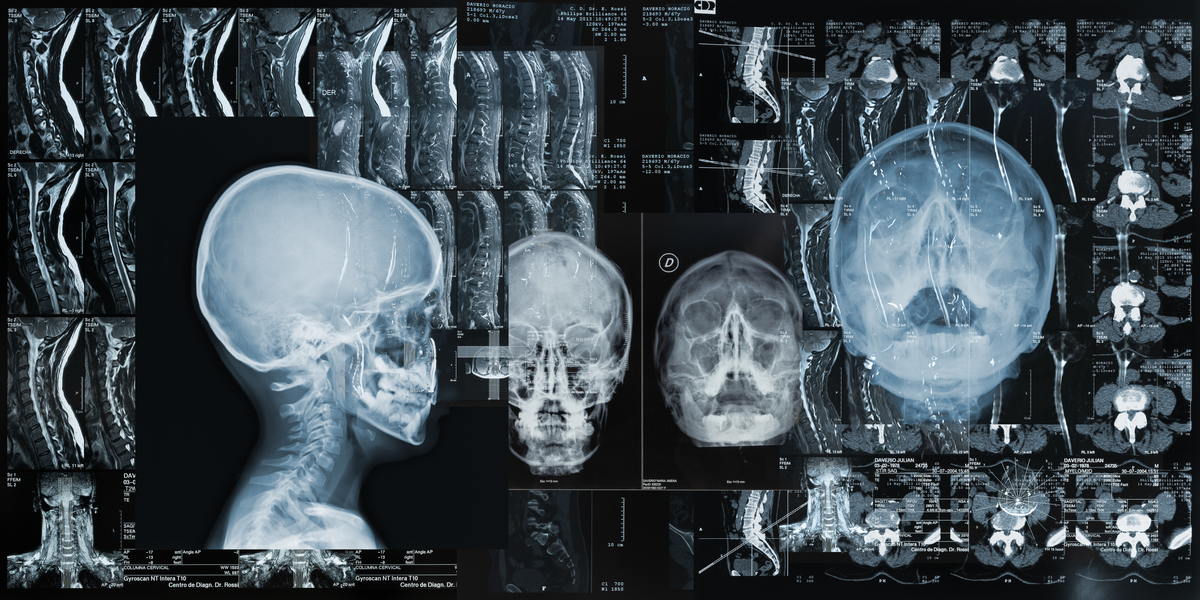
Snap. Crack. A twist too far, a stretch too long, and then silence, broken only by the sharp gasp of pain. One moment of overstrain or overreach and all of a sudden every step feels unattainable.
An injury is something no athlete ever wants to experience, yet everybody is all too familiar with it. For some athletes, injuries feel like a cruel joke, an unavoidable accident of sorts, no matter how much preparation or training they’ve put in.
“I was at soccer practice and I was tackled while running really fast, and I landed on [my wrist]. I fractured my scaphoid,” explained senior soccer player Finn Bullis. “I wouldn’t say for my injury specifically, there was a way to avoid it because at soccer practice, tackling is a necessary part and I was just playing the game.”
For others, the events play out a little differently. Another athlete reflected on their own setback with hindsight, noting how small decisions built up over time.
“I’ve gotten all my injuries through dance, mostly from overworking my steps or overstretching,” said freshman dancer Lexi Gonzalez. “When girls come to me and ask how I’ve become such a good dancer, I usually always say learning my body. Knowing how your body is reacting to certain steps or stretches you should and should not be doing.”
Athletic trainer Jake Diers explained how he handles different kinds of injuries from a variety of students.
“We try to get a status assessment. See where they are at, how they are feeling, and what the injury is basically telling me. We’ll go through signs and symptoms and then I’ll do my special tests that kind of point me towards what the injury is or what I think it is,” noted Diers. “From there, if they need to see a doctor, I connect with them. If I think it's something I can handle myself, then we just start a rehab plan.”
Whether the injury was sudden or has been lingering for weeks, the outcome is often the same, and it comes down to limits.
“The first week, I had no strength in my left hand; I couldn’t even drive, since I drive a manual. But, since then, it’s only just been a little bit harder to type, and there's been no physical activity,” described Bullis.
For Gonzalez, the biggest struggle hasn’t been physical pain but rather the fear of reinjury.
“With my ankle I’ve been scared, terrified even, to put on pointe shoes again,” Gonzalez admitted. “If it happens again, I wouldn’t be able to dance ever again, and that thought completely gets to the best of me, especially knowing that dance has been my whole life.”
That same sense of fear and disappointment is something athletic trainer Jake Diers often sees when working with injured athletes.
“I think this room's kind of like the black hole of the school. A lot of people don't like to come in here, which I get. That's what got me into this. I was an athlete myself. A lot of people want to play. A lot of people try to hide their symptoms,” exaplined Diers.
Diers highlighted the emotional turmoil that comes with an injury and the push and pull between the reality of their injury and their desire to continue playing. While Diers supports athletes emotionally and physically, coaches approach injuries from a different angle.
“We have a routine with our band work, and we have had players who have been injured who have admitted, ‘I didn’t do the bad movements correctly.’ It's meant to strengthen and activate the muscles beforehand to help prevent those injuries, and when people do it, they tend to stay healthy,” explained coach Ryan Proctor.
Coaches emphasize prevention and preparation, but once an athlete is injured, the support system around them is vital.
“It was really hard because I couldn’t do anything, so I was always sad, so [my family] just helped me push through it and make me stronger when times were super tough,” explained George Ketcham.
For many, that encouragement from family, friends, and coaches is what keeps them motivated through the healing process.
“Mental health, I think, is the most important thing that we deal with. I connect with the school's counselors on that end,” exclaimed Diers. “Motion is lotion, movement is medicine. A lot of people don't know this, but once we start moving, our body produces painkillers that are stronger, I think it's 14 times stronger than morphine.”
Diers highlighted the importance of not only physical recovery and support, but also mental support. It’s a reminder that setbacks don’t erase progress but instead reveal strength.
“You got this! Just remember that there are tons of people younger and older than you looking up to your amazing skills, and that your injuries do not define you, they strengthen you,” explained Gonzalez.

